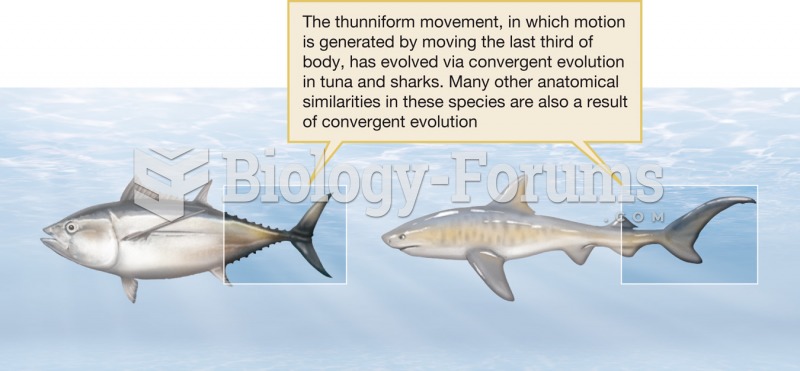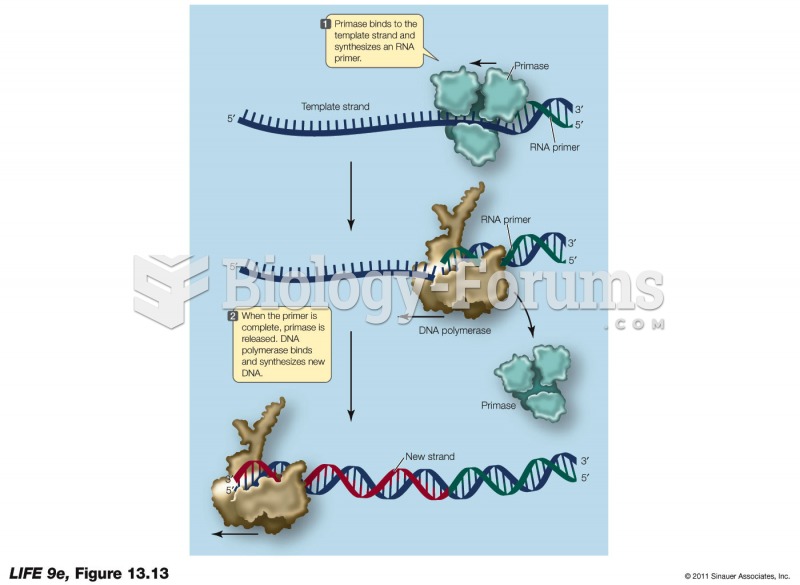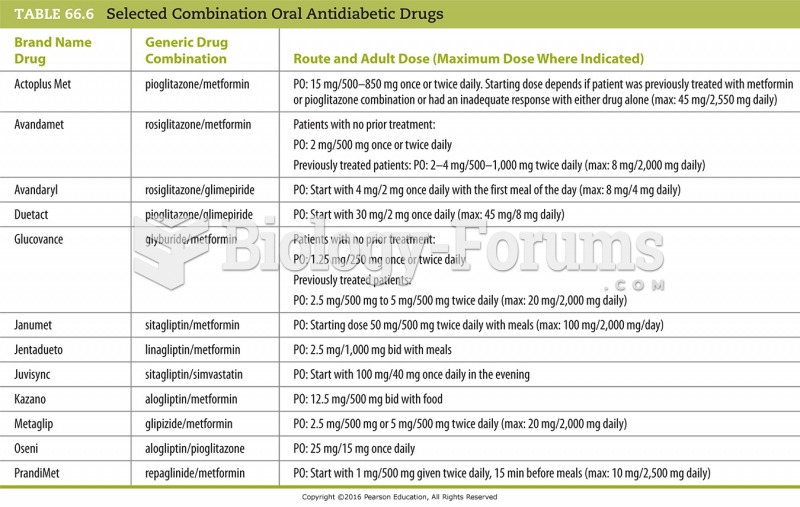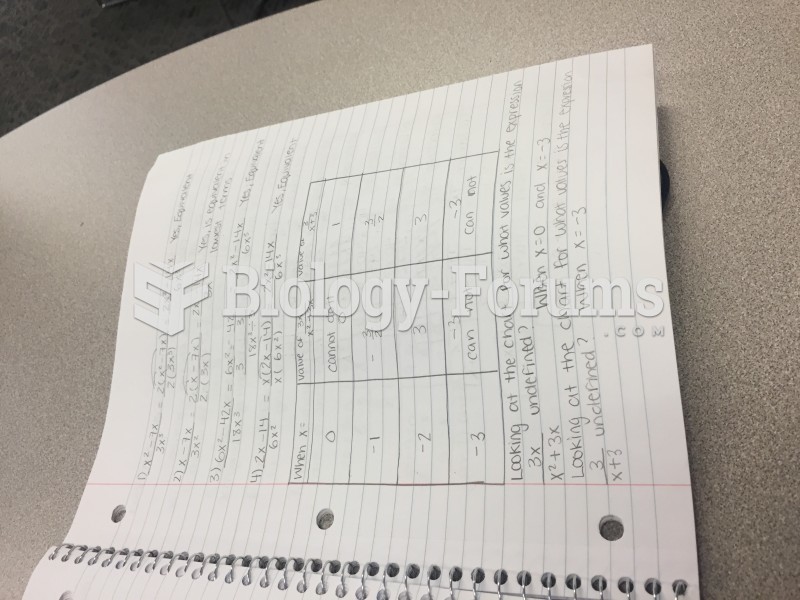Answer to Question 1
Transaction logs, which are built into web server software, record user activity at a website. Log file analysis tools cull information from these files, which can contain tens to hundreds of entries for each user. Transaction log data becomes more useful when it is combined with registration form data and shopping cart data. Registration forms and shopping cart database are two other visitor-generated data trails. Merchants use registration forms to gather personal data such as the name, address, phone number, zip code, e-mail address, and other optional information on the tastes and interests of the consumer. The shopping cart database captures all the item selection, purchase, and payment data. The data from transaction logs, registration forms, and the shopping cart database can also be combined with other information that users submit on product forms, contribute in chat rooms, or submit via e-mail messages to a firm to produce a veritable treasure trove of information for both individual merchant sites and for the industry as a whole.
Although the transaction log represents the foundation of online data collection, it is supplemented using cookies that are placed on a user's hard drive when he or she visits a site. Cookies allow a website to store data on a user's machine that can be retrieved later. Cookies provide marketers with a very quick means to identify each customer and to understand his or her prior behavior at the site. Cookies can be used to determine how many people are visiting a site, how many are repeat visitors, and how often they have visited. They also make shopping cart and quick checkout possible by allowing a site to keep track of a user as he or she adds to the shopping cart. Cookies can be combined with web bugs to create cross-site profiles. Web beacons (sometimes called web bugs) are graphic files that are embedded in e-mails and on websites. When a user opens an HTML format e-mail with an embedded web beacon, a request is sent to the server for the graphic data. Web beacons are used to automatically transmit information about the user and the page being viewed to a monitoring server in order to collect personal browsing behavior and other personal information.
Answer to Question 2
B







